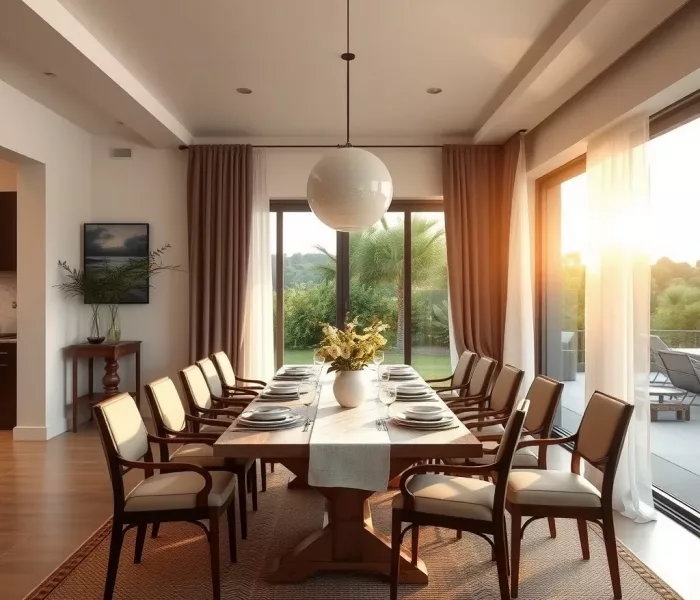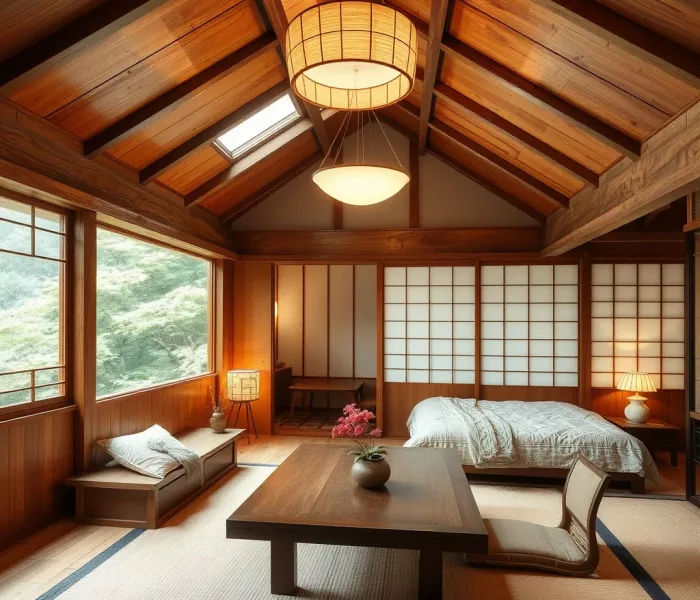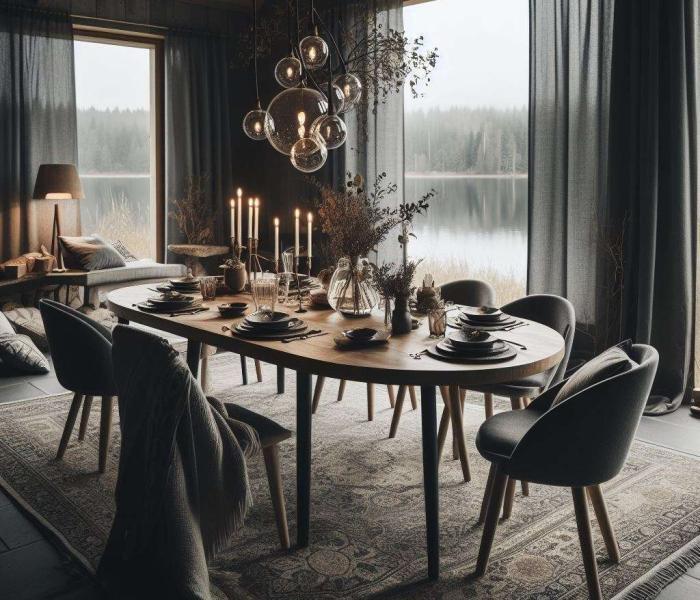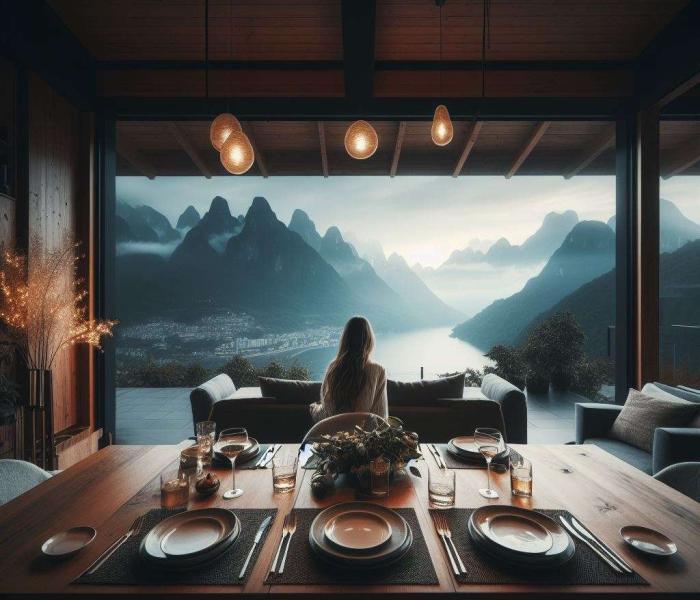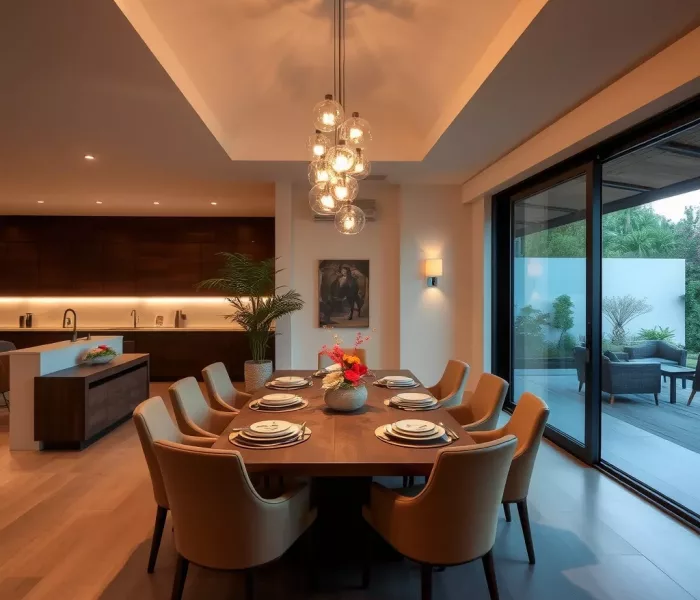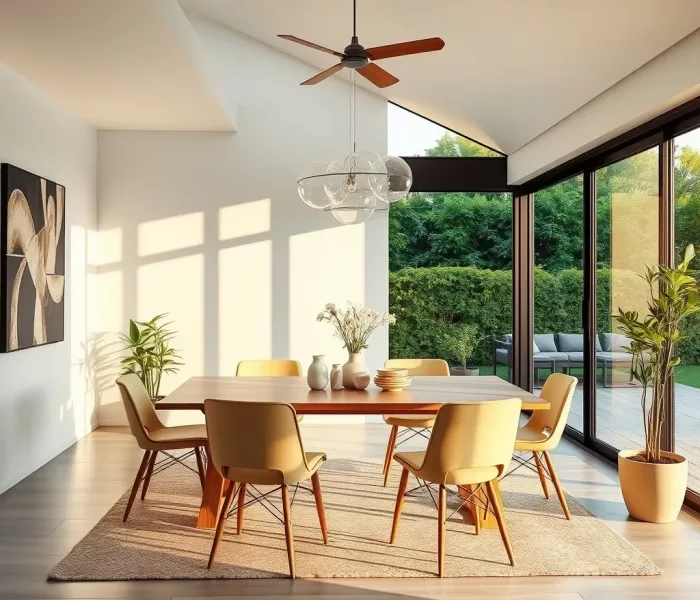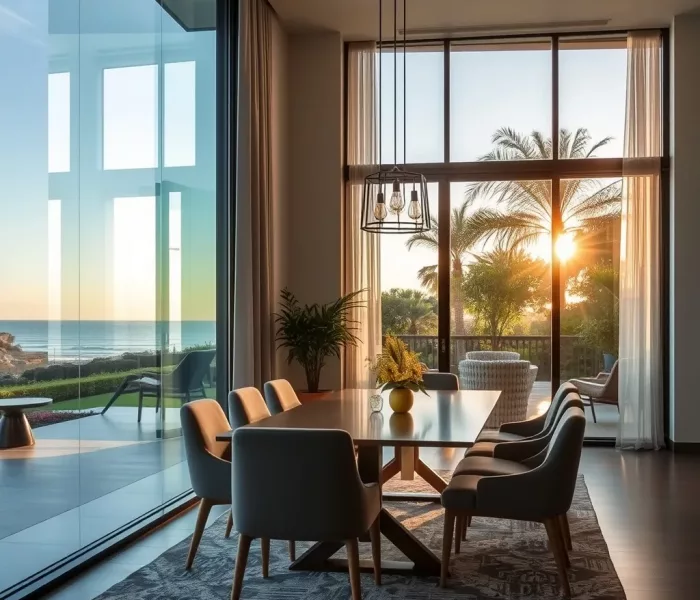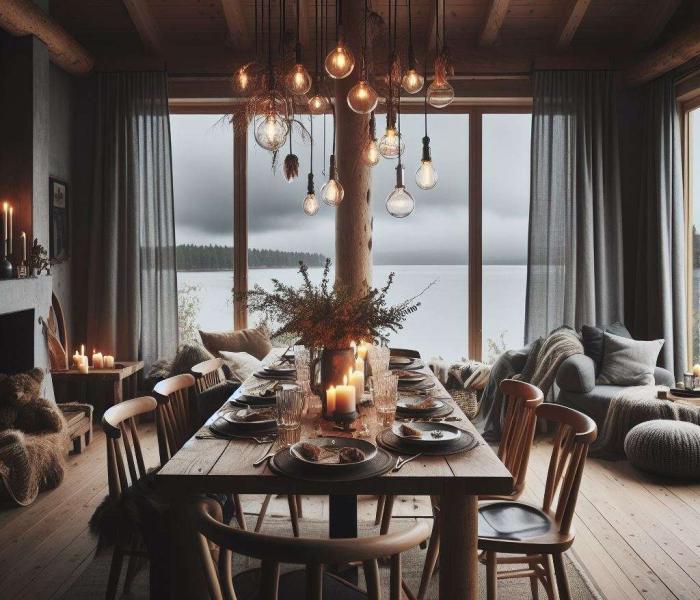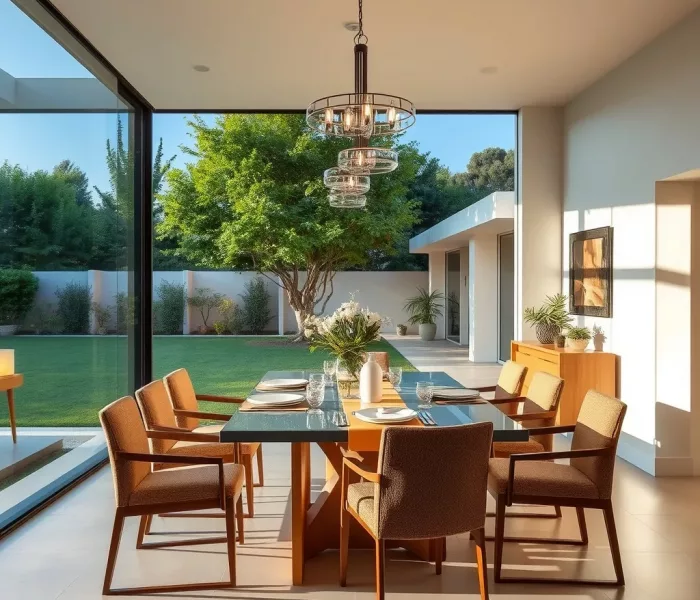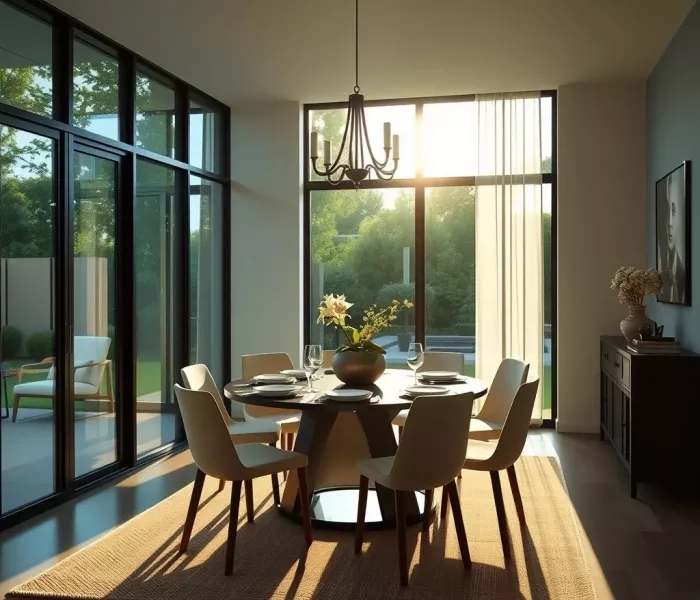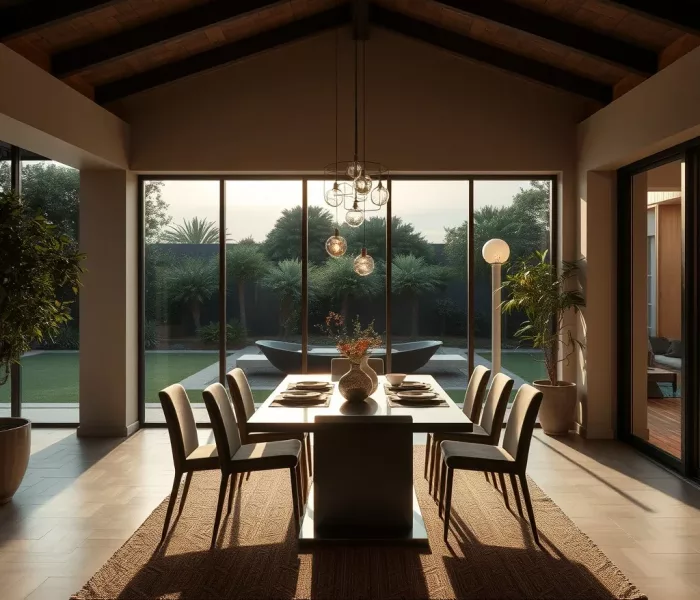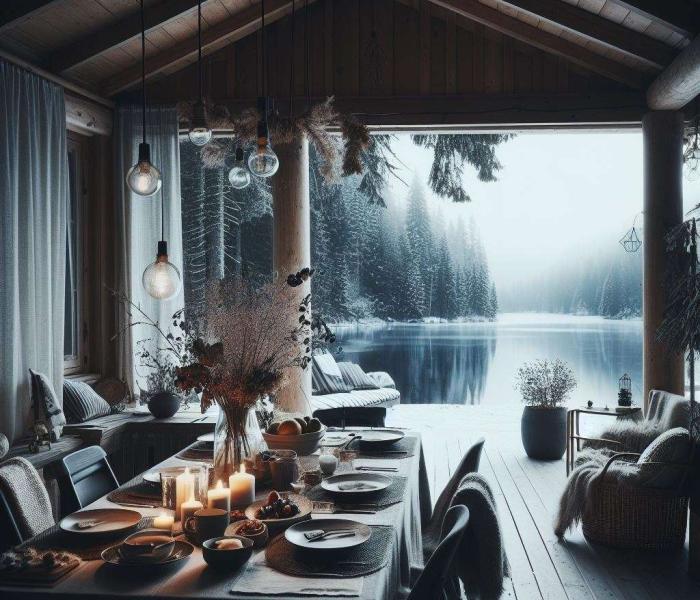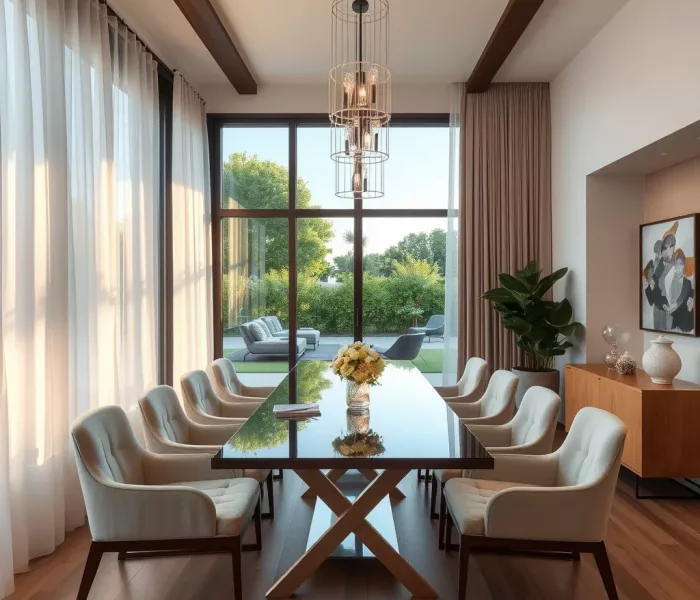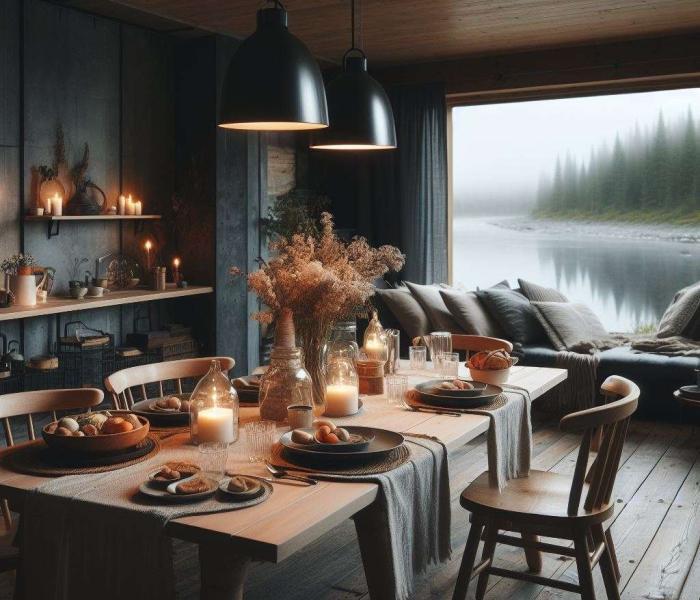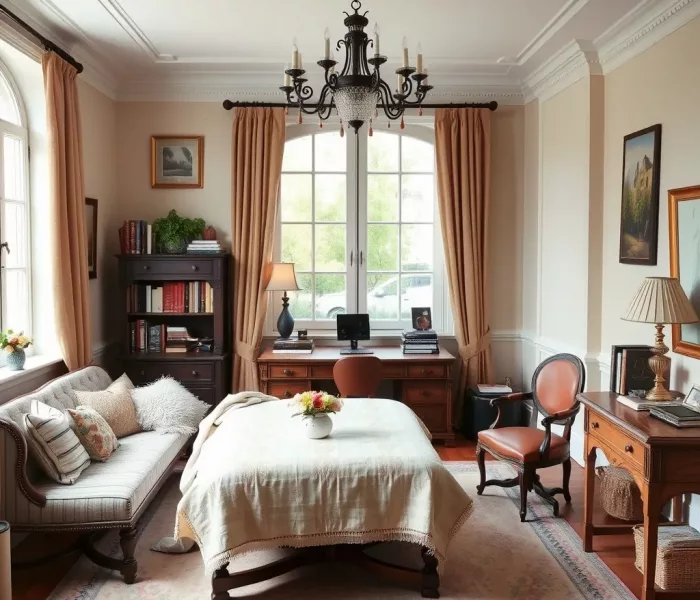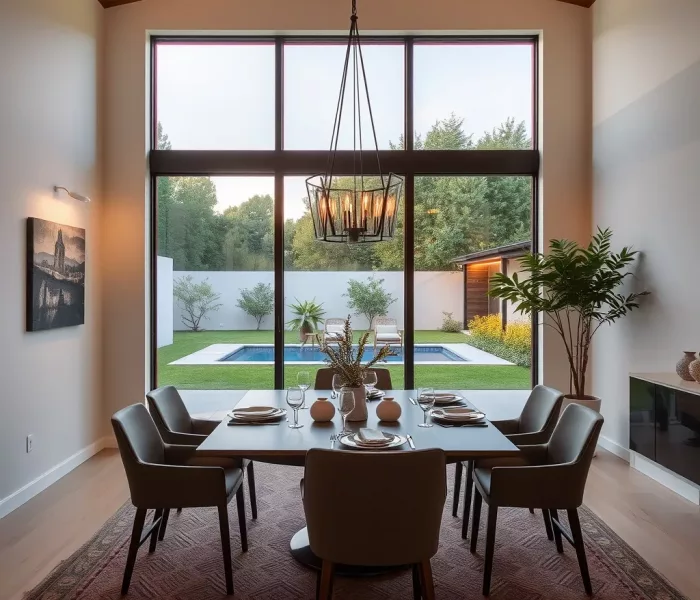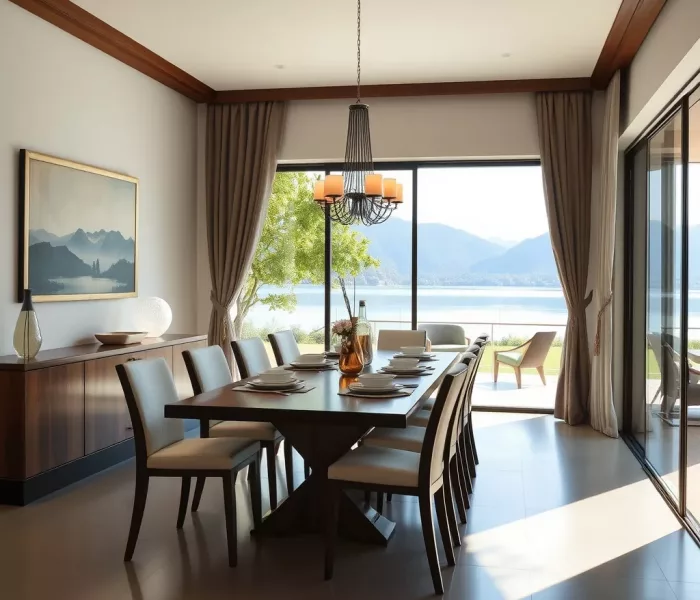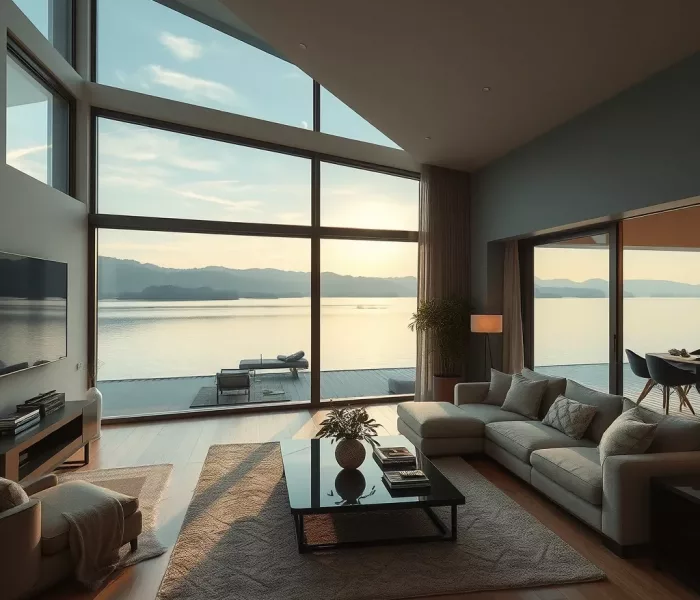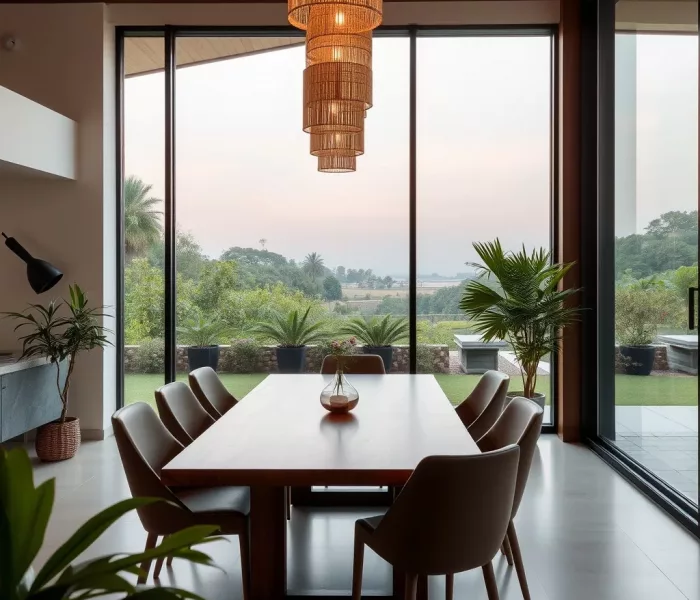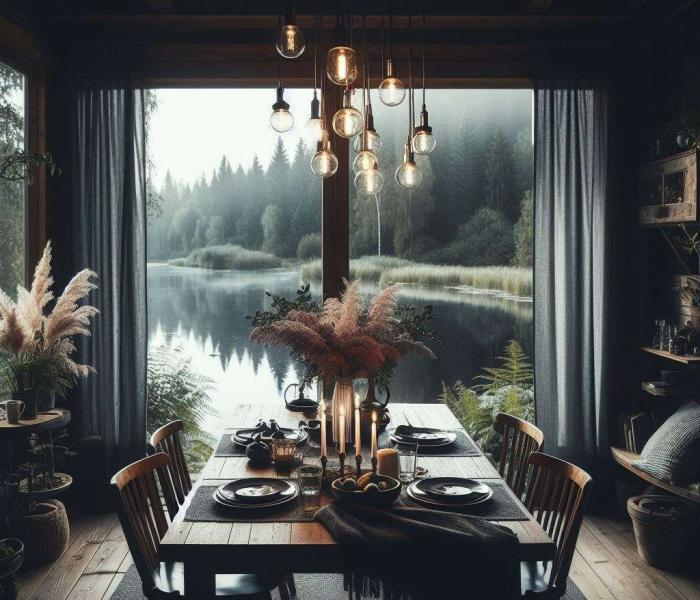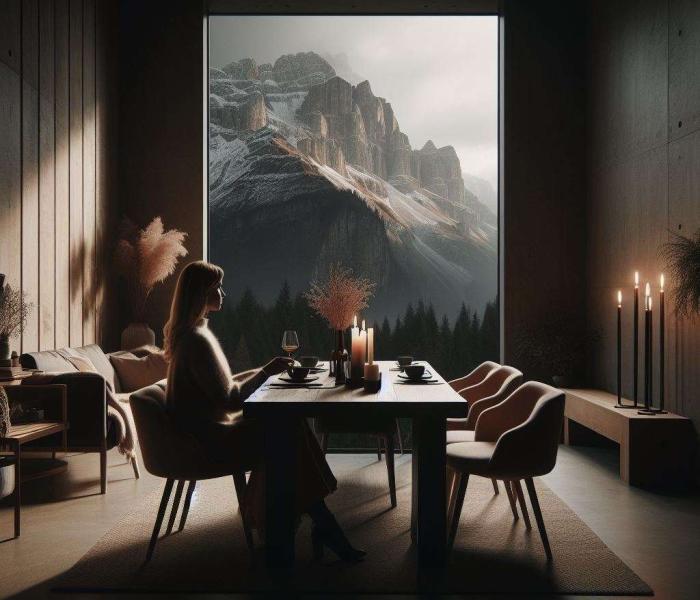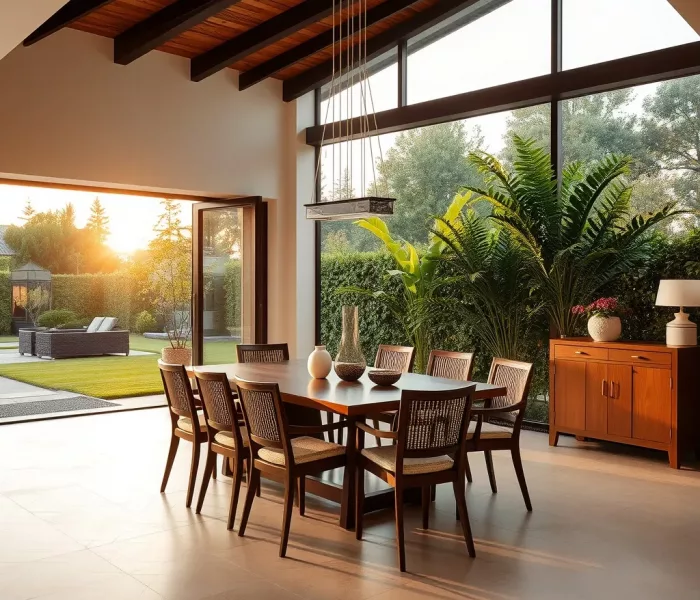AI Based Design
Dining Room Design
The design of a dining room plays a crucial role in creating a welcoming and engaging atmosphere for shared meals. From the choice of furniture to the choice of color palette, every detail matters. A modern dining room design can include clean lines, minimalist furniture, and neutral tones to create a contemporary elegance. More traditional dining rooms can create a family atmosphere with warm lighting, sturdy wooden tables, and cozy chairs. The placement of decorative elements such as an elegant rug, artwork or plants can add a personal touch to the room. Ultimately, the design of the dining room should not only be functional and aesthetically pleasing, but also create a welcoming environment where family and friends will enjoy coming together.
What are important design aspects of a dining room?
The design of a dining room includes various aspects that help to create a functional, aesthetically pleasing space. Here are some important design aspects for a dining room:
- Furniture selection: The choice of dining table and chairs is crucial. Look for quality, comfort and the design that suits your style. The size of the table should match the available space and provide enough seating.
- Lighting: The right lighting creates a pleasant atmosphere. Hanging lights above the dining table are a common choice. Dimmable lamps make it possible to adjust the light intensity according to your needs.
- Palette: The choice of color influences the mood in the dining room. Warm tones such as earth tones or soft pastels can create a cozy atmosphere, while light colors add an airy and modern touch.
- Room layout: The arrangement of the furniture in the room should allow for the natural flow and ensure that there is enough space for movement. Make sure that the dining table is easily accessible and has enough space for chairs.
- Decoration: Decorative elements such as rugs, artwork, vases or plants can add personality to the dining room. Choose accessories that match your style and add accents to elevate the design.
- Window Treatment: The choice of window decoration affects the natural light in the room. Curtains or blinds can regulate the incidence of light and complement the design.
- Storage space: Think about how you can create storage space for dishes, cutlery and other items. A buffet cabinet or sideboard can not only be practical, but also improve the design.
- Personal touch: Add personal touches to add a custom touch to the room. Family photos, heirlooms, or self-designed artwork can make the dining room personal and inviting.
By taking these aspects into account, you can design a dining room that is not only functional, but also provides a pleasant and stylish environment for shared meals.
